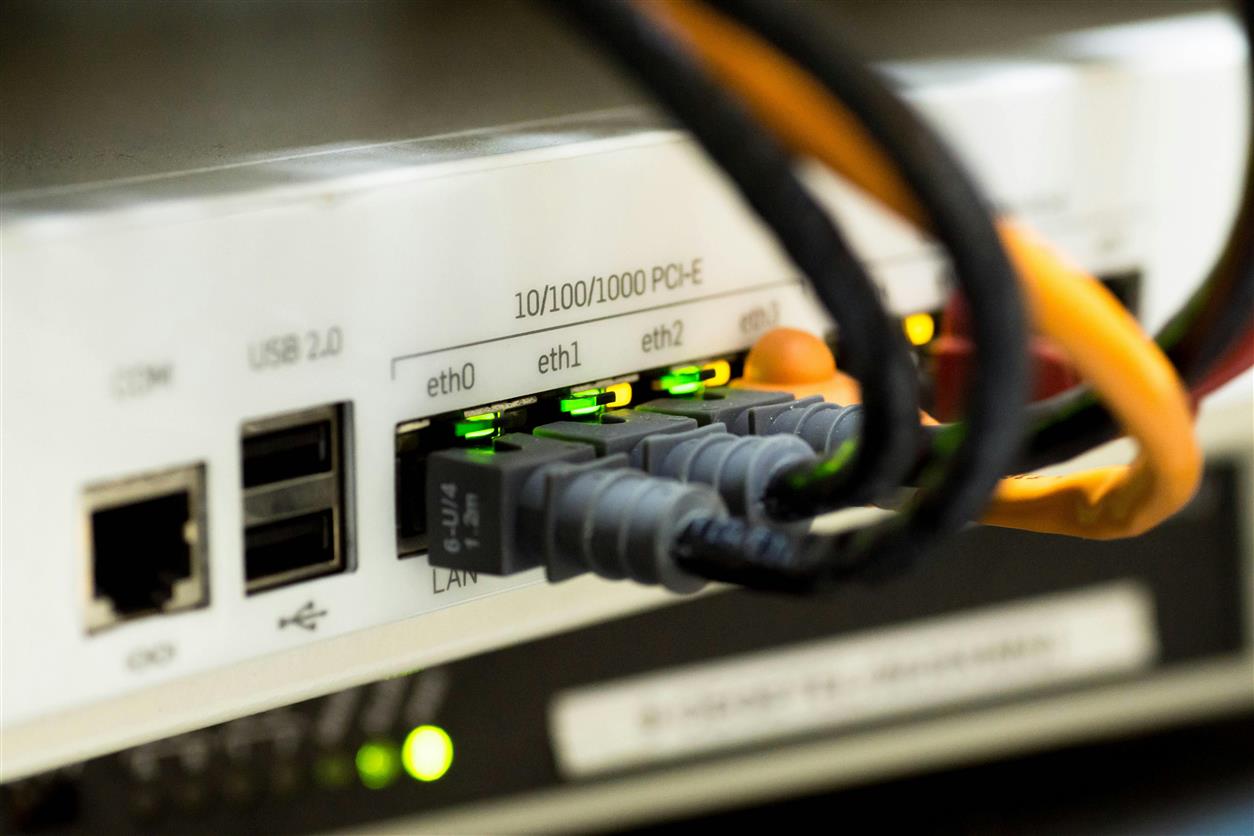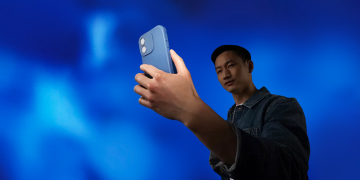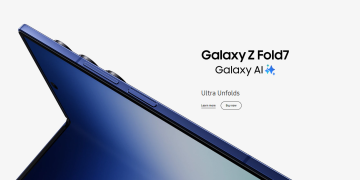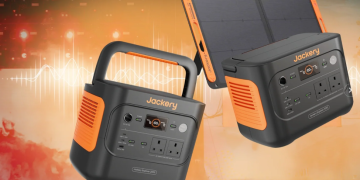
Introduction
The Internet of Things (IoT) represents a revolutionary shift in how we interact with the world around us. By connecting a vast array of devices to the internet, IoT is transforming everyday objects into intelligent entities that can collect, exchange, and act on data. This interconnected ecosystem is driving innovation across various sectors, from home automation to healthcare, and reshaping our daily lives. This essay delves into the concept of IoT, explores its applications, examines its impact on different industries, and addresses the challenges and future prospects associated with this transformative technology.
Understanding the Internet of Things
1. Defining IoT
The Internet of Things refers to the network of physical devices embedded with sensors, software, and other technologies, enabling them to connect and exchange data with other devices and systems over the internet. These connected devices, often referred to as “smart” devices, can range from everyday household items like refrigerators and thermostats to complex industrial machinery.
2. How IoT Works
IoT operates through a series of interconnected components:
- Sensors and Actuators: Devices equipped with sensors collect data from their environment, such as temperature, humidity, or motion. Actuators can respond to data by performing actions like adjusting a thermostat or opening a valve.
- Connectivity: Devices communicate data through various networks, including Wi-Fi, cellular networks, Bluetooth, or specialized IoT protocols like Zigbee and LoRa.
- Data Processing: Collected data is transmitted to centralized or cloud-based platforms where it is processed, analyzed, and used to generate insights or trigger actions.
- User Interfaces: Users interact with IoT systems through interfaces such as mobile apps, web dashboards, or voice commands, enabling them to monitor and control connected devices.
Applications of IoT
1. Smart Homes
IoT has revolutionized home automation, enhancing convenience, security, and energy efficiency:
- Smart Appliances: Devices like smart refrigerators, ovens, and washing machines can be controlled remotely and provide real-time updates on their status. For example, a smart refrigerator can notify users when groceries are running low.
- Home Security: IoT-enabled security systems offer features such as remote monitoring, smart locks, and video surveillance. Homeowners can receive alerts and view live footage from their smartphones, enhancing security and peace of mind.
- Energy Management: Smart thermostats and lighting systems optimize energy usage by learning user preferences and adjusting settings accordingly. This reduces energy consumption and lowers utility bills.
2. Healthcare
IoT is transforming healthcare by improving patient monitoring, diagnostics, and treatment:
- Wearable Devices: Wearable health trackers and smartwatches monitor vital signs such as heart rate, sleep patterns, and physical activity. This data can be shared with healthcare providers to track patient health and detect potential issues early.
- Remote Patient Monitoring: IoT devices enable remote monitoring of chronic conditions, allowing patients to manage their health from home. Devices such as glucose monitors and blood pressure cuffs transmit data to healthcare professionals for ongoing assessment and intervention.
- Smart Medical Equipment: Advanced medical devices, including infusion pumps and imaging equipment, leverage IoT to enhance functionality, improve accuracy, and enable remote diagnostics and maintenance.
3. Industrial IoT (IIoT)
The Industrial Internet of Things (IIoT) is revolutionizing manufacturing and industrial processes:
- Predictive Maintenance: Sensors embedded in machinery collect data on equipment performance and condition. Predictive analytics can forecast potential failures and schedule maintenance before issues occur, reducing downtime and repair costs.
- Smart Factories: IoT enables automation and real-time monitoring of production lines, optimizing efficiency and quality. Robotics and automated systems work in tandem with IoT to streamline operations and enhance productivity.
- Supply Chain Management: IoT tracks goods and materials throughout the supply chain, providing real-time visibility into inventory levels, location, and condition. This improves logistics, reduces waste, and enhances overall supply chain efficiency.
4. Smart Cities
IoT is transforming urban environments, making cities more efficient and livable:
- Traffic Management: IoT sensors and cameras monitor traffic flow and congestion, enabling dynamic traffic signal adjustments and providing real-time traffic information to drivers. This reduces congestion and improves overall traffic efficiency.
- Public Services: IoT enhances public services such as waste management and street lighting. Smart waste bins notify authorities when they are full, and smart streetlights adjust brightness based on ambient conditions and pedestrian activity.
- Environmental Monitoring: IoT devices monitor air and water quality, providing data on pollution levels and environmental conditions. This information helps policymakers address environmental issues and improve public health.
Impact on Various Industries
1. Retail
IoT is reshaping the retail industry by enhancing the shopping experience and streamlining operations:
- Smart Shelves: IoT-enabled shelves monitor inventory levels and automatically reorder products when stock is low. This reduces out-of-stock situations and ensures that shelves are always stocked with popular items.
- Personalized Shopping: Retailers use IoT data to track customer behavior and preferences, allowing for personalized recommendations and targeted promotions. This enhances the shopping experience and drives sales.
- Efficient Supply Chains: IoT tracks products from manufacturers to stores, providing real-time visibility into inventory and logistics. This reduces delays, improves stock management, and enhances the overall supply chain.
2. Agriculture
IoT is revolutionizing agriculture by improving crop management, livestock monitoring, and resource efficiency:
- Precision Farming: IoT sensors monitor soil conditions, weather patterns, and crop health. This data enables precision farming techniques, optimizing irrigation, fertilization, and pest control to maximize yields and reduce resource use.
- Livestock Monitoring: IoT devices track the health and location of livestock, providing real-time data on their well-being and activity. This helps farmers manage herds more effectively and detect health issues early.
- Smart Irrigation: IoT systems automate irrigation based on soil moisture levels and weather forecasts, reducing water waste and ensuring crops receive optimal hydration.
3. Transportation and Logistics
IoT is enhancing transportation and logistics by improving fleet management, route optimization, and asset tracking:
- Fleet Management: IoT sensors monitor vehicle performance, location, and fuel consumption. This data helps fleet managers optimize routes, reduce maintenance costs, and improve overall efficiency.
- Asset Tracking: IoT tracks the location and condition of goods in transit, providing real-time visibility and ensuring timely delivery. This reduces the risk of loss or damage and enhances supply chain transparency.
- Autonomous Vehicles: IoT plays a crucial role in the development of autonomous vehicles, enabling communication between vehicles, infrastructure, and cloud-based systems. This enhances safety, efficiency, and navigation.
Challenges and Limitations
1. Security and Privacy
Security and privacy are major concerns in IoT:
- Data Vulnerabilities: IoT devices collect and transmit vast amounts of data, making them potential targets for cyberattacks. Ensuring robust security measures, such as encryption and authentication, is crucial to protect sensitive information.
- Privacy Risks: The collection of personal data by IoT devices raises privacy concerns. Users must be informed about data collection practices and have control over how their data is used and shared.
2. Interoperability
The diversity of IoT devices and platforms can lead to interoperability issues:
- Standards and Protocols: The lack of standardized protocols and communication methods can hinder device compatibility and integration. Efforts to develop common standards and frameworks are ongoing to address this challenge.
- Vendor Lock-In: Proprietary systems and technologies may limit the ability to integrate devices from different manufacturers. Open standards and interoperable solutions are needed to ensure seamless connectivity.
3. Scalability
Scaling IoT solutions can be challenging:
- Network Capacity: As the number of connected devices grows, ensuring sufficient network capacity and performance becomes increasingly important. Network infrastructure must be able to handle the increased data traffic and device density.
- Data Management: The volume of data generated by IoT devices can be overwhelming. Efficient data storage, processing, and analysis solutions are needed to manage and derive insights from large datasets.
Future Trends and Prospects
1. Integration with Artificial Intelligence
The integration of IoT with artificial intelligence (AI) will enhance the capabilities of smart devices:
- Predictive Analytics: AI algorithms can analyze IoT data to predict trends, optimize operations, and make intelligent decisions. This will enable more advanced applications, such as predictive maintenance and personalized recommendations.
- Autonomous Systems: AI-powered IoT devices will become more autonomous, making real-time decisions and actions based on data analysis. This will enhance the functionality and efficiency of smart systems.
2. 5G Connectivity
The deployment of 5G networks will significantly impact IoT:
- Increased Bandwidth: 5G offers higher bandwidth and faster data transfer rates, enabling more devices to connect simultaneously and enhancing the performance of IoT applications.
- Reduced Latency: Lower latency will improve the responsiveness of IoT systems, enabling real-time interactions and applications that require instant data processing.
3. Edge Computing
Edge computing will complement IoT by processing data closer to the source:
- Reduced Latency: By processing data at the edge of the network, near IoT devices, edge computing reduces latency and improves the speed of data analysis and decision-making.
- Improved Efficiency: Edge computing reduces the need for data transmission to centralized cloud servers, optimizing bandwidth usage and enhancing overall system efficiency.
4. Enhanced Security Measures
Future developments will focus on improving IoT security:
- Advanced Encryption: The adoption of advanced encryption techniques will enhance the security of data transmitted by IoT devices.
- Blockchain Technology: Blockchain technology will be explored as a means to secure IoT data and transactions, providing transparent and tamper-proof records.

Conclusion
The Internet of Things is transforming the way we interact with technology and the world around us. By connecting devices and enabling them to communicate and act on data, IoT is driving innovation across various sectors, enhancing convenience, efficiency, and quality of life. As we continue to explore the potential of IoT, addressing challenges related to security, interoperability, and scalability will be crucial. With advancements in artificial intelligence, 5G connectivity, and edge computing, the future of IoT promises even greater opportunities for creating smart, connected environments. As we navigate this evolving landscape, the possibilities for IoT to shape our world are boundless.











